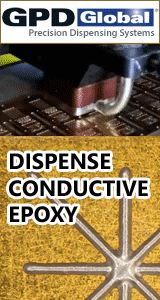I have used LTS (Sn57.6%Bi0.4%Ag) solder balls for soldering on Ni/Au pads, and I have observed a wrinkle pattern on the ball surface. When you attempted soldering on CuOSP substrate pads under the same conditions, the surface appeared normal. Additionally, the CuOSP pads are about 30% larger than the Ni/Au pads. And target device needs Ni/Au pad.
I googled and figured out a couple of reasons for the occurrence of wrinkle patterns
1. During the transition from liquid to solid state, solder shrinks. In addition, The temperature difference between the substrate pad and the ball surface can contribute to wrinkle patterns.
2. Issues with the activation of flux can also lead to wrinkle patterns.
Regarding the first point, reducing the cooling slope seems to reduce wrinkle patterns. However, I discovered that Bismuth expands in the solid state more than liquid state, like water. Therefore, I don't believe shrinkage is the primary cause. Nevertheless, I'm still contemplating the impact of differences in substrate pad finish.
For the second point, I've used a flux model previously employed with SAC305, setting the dwell at 150°C or higher and the peak at 180-190°C. Considering potential issues with flux activation, I'm contemplating raising the dwell to 160°C or 170°C in the reflow profile. Additionally, I'm searching for flux samples that activate at lower temperatures.
Considering the above information, could you provide advice on the primary causes of the wrinkle pattern and suggest directions for further experiments?"
reply »
![]() I have used LTS (Sn57.6%Bi0.4%Ag) solder balls for soldering...
- Dec 30, 2023
by
012band
I have used LTS (Sn57.6%Bi0.4%Ag) solder balls for soldering...
- Dec 30, 2023
by
012band
![]()







